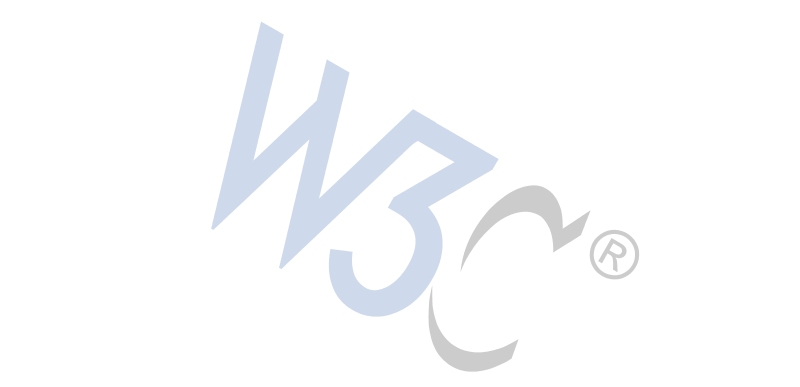











The course lays the conceptual foundation of object-oriented programming. It covers delegation and contracts, encapsulation and API programming, aggregation and the collections framework, inheritance and polymorphism, all from the client's perspective. It also covers language-specific topics like types, control structures, and exception handling. The coverage is done within the framework of the software development process and emphasizes software engineering throughout.
Meet the Professor's Event
York's Department of Computer Science and Engineering
invites all first year CSE students to a
Town Hall Meeting
on Wednesday September 15
at 3:30 pm
in Lecture Hall A
Computer Science and Engineering Building
Light refreshments will be served
There will be a series of programming contests at York in September and October.
Everyone is welcome to participate in these contests. The students who will
represent York at the regional ACM Programming contest on October 23, 2010 will
be chosen from the students who attend these practice contests.
The first programming contest will take place in CSEB 1004 on Friday September 17
from 15:00 until 17:00.
York Team information:
https://wiki.cse.yorku.ca/project/ACM/
ACM International Collegiate Programming Contest
http://cm.baylor.edu/welcome.icpc
Dr. Burton Ma
Department of Computer Science and Engineering
Room 1012J

Office Hours:
1:30 – 4:30 pm on Monday, and during the labs, and by
appointment.
Course web pages:
CSE1020 (the general
course web page)
CSE1020E
(Section E specific web page)

Word games seem to be very popular...
These kind of games seem simple but beneath the surface lies a great deal of computer science and engineering.
What are some of the problems that you need to solve to create games like the ones we just saw?
| Problem | Relevent Topics in Computing |
| search dictionary for a word | data structures, algorithms, algorithms analysis |
| find all words in a group of letters | algorithms, algorithms analysis |
| interact with user | human-computer interaction |
| write software | software engineering, programming languages |
In 1020 we will be studying and practicing computer programming. The language we will be using is Java, and we will be using a Linux operating system in the labs.
The approach that is taken in 1020 is a client-based one; this means that you will be assembling pre-built components to create a computer program. The designers of this course felt that it is important that you learn how to build a program from pre-existing components before learning how to create your own components.
Broadly speaking you need to master three things to succeed in this course:
| Thing you Need to Master | How To Master |
| basic Java and computing science | attend lectures, attend labs, read textbook, do the practice problems and eChecks, look online at reputable sources, use office hours, practice writing code |
| programming tools (editor, compiler, documentation) |
attend labs, practice writing code |
| lab environment | attend labs, spend extra time in the lab using Linux, practice writing code in the lab |
You probably need to budget 1–3 hours for each hour of lecture reading the book and practicing writing code.
1–3 hours of effortful study per lecture hour is probably a pretty good rule of thumb for most of your university classes.
 The text book was written specifically for teaching 1020. It contains
programming exercises that you can get automated feedback on (the eChecks),
and includes a CD ROM with most of the software used in the course.
The text book was written specifically for teaching 1020. It contains
programming exercises that you can get automated feedback on (the eChecks),
and includes a CD ROM with most of the software used in the course.
We will cover approximately one chapter per week (more in
some weeks, less in others).
See the reading schedule.
Each lab session will be run by a teaching assistant (TA). Your TA is a graduate student in the Department.
The lab PCs run a Linux (CentOS) operating system. We expect that most students will not have previously used Linux. It is very important that you attend the labs to familiarize yourself with the lab computing environment because all of the tests (except the written exam) occur in the lab.
| Week 01 |
0% |
|
| Week 02 – Week 11 |
45 minute in lab test; half programming, half written (submitted electronically) |
60% |
| Week 12 |
in lab programming test |
15% |
| TBA |
written exam |
25% |
In lab tests start at the beginning of the lab.
Each week we assign a programming problem called an eCheck that you submit electronically; you will see how this works in the first lab. The eChecks carry no weight on your grade, but...
If you submit the eCheck on time (before the next Monday) then we will try to provide feedback on your work by Tuesday so that you can correct any shortcomings before Wednesday's test.











Estimate the number of hairs on an adult human head.
Assuming that a human head is approximately spherical:
Notice that the solution is sequential (Step 1, followed by Step 2, followed by ...).
| Step |
|
Values |
| 1 | diameter | 17 cm |
| 2 | fraction of head covered by hair | 0.5 |
| 3 | area covered by hair | 0.5 × π × 17cm × 17cm ≅ 453.96 square cm |
| 4 | number of hairs per square cm | 200 hairs per square cm |
| 5 | number of hairs on head | 453.96 × 200 ≅ 90,792.03 |
Several Internet sources state that the average number of hairs on a human head is on the order of 100,000.
A Java source code file is just a plain text file.
public class HairsOnHead
{
public static void main(String[] args)
{
// Step 1
int diameter = 17;
// Step 2
double fractionCovered = 0.5;
// Step 3
double areaCovered = fractionCovered * Math.PI * diameter * diameter;
// Step 4
int density = 200;
// Step 5
double numberOfHairs = areaCovered * density;
// Step 6: Print out the result
System.out.print("The number of hairs on a human head is ");
System.out.println(numberOfHairs);
}
}
Java source code is plain text
Any text editor can be used to write Java source code; jEdit is
the recommended editor in CSE 1020.
A Java main method is a sequence of Java statements
For now, you can safely think of each line of code in your
main method as a step in a sequence:
The first
line of code is evaluated, followed by the second, followed by
the third, and so on.
Java source code needs to be compiled
Java source code in and of itself does not produce a functioning
program. We use a program called a Java compiler to translate
the source code to computer instructions.
Compiled Java code can be run
A compiled Java program can be run. In CSE 1020, we run the program
using the Java virtual machine.
Complete the checklist on the Day 01 handout.